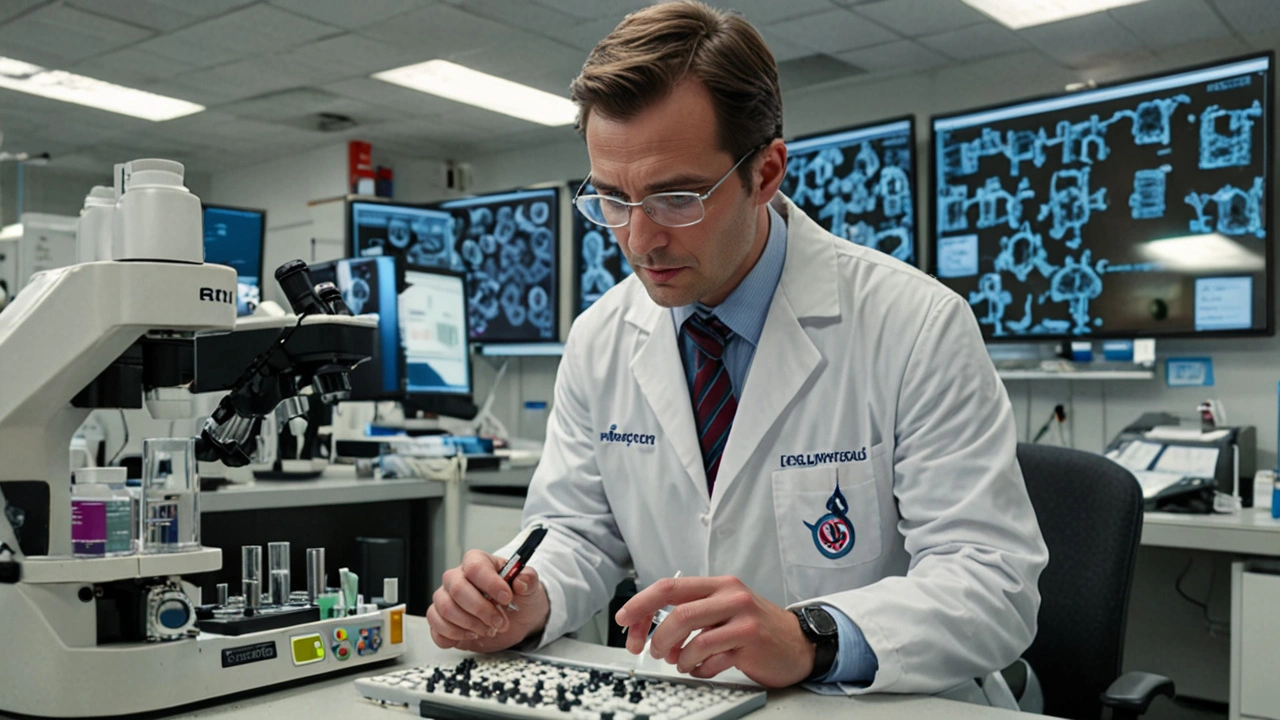Drug-Resistant Tuberculosis: What You Need to Know
Drug-resistant tuberculosis (TB) means the usual antibiotics don’t kill the TB bacteria. That makes treatment longer, tougher, and more closely monitored. If you’re reading this because you or someone close to you has TB, this page lays out the basics in plain language—how resistance happens, how doctors find it, what modern treatment looks like, and simple steps to protect others.
How resistance happens and how doctors diagnose it
Resistance usually appears when TB treatment is missed, stopped early, or taken with the wrong drugs. It can also spread from person to person if someone catches resistant TB directly. The two common labels you’ll hear are MDR-TB (resistant to at least isoniazid and rifampicin) and XDR-TB (resistant to several key drug classes).
To find out if TB is resistant, clinicians use tests. GeneXpert gives a fast look for rifampicin resistance. Culture and drug-susceptibility testing (DST) take longer but show which drugs still work. Your care team will use these results to pick the right combination of medicines.
Treatment options, side effects, and practical steps
Treatment has improved: many programs now use all-oral regimens that include newer drugs like bedaquiline, delamanid, or pretomanid. These drugs can shorten treatment or replace older injectable medicines that had worse side effects. Still, treatment often lasts many months and needs careful monitoring for liver, heart, and nerve side effects.
Adherence is crucial. Missing doses raises the chance resistance will get worse. Many clinics offer directly observed therapy (DOT) or phone/video check-ins to help you stick with the plan. Keep a medication chart, set alarms, and tell your support people how they can help.
While on therapy, expect regular blood tests, ECGs (for heart rhythm checks), and symptom checks. If you feel new numbness, vision changes, dizziness, or severe stomach pain, contact your clinic—these can be drug side effects that need quick attention.
Stopping transmission matters. Pulmonary TB (in the lungs) can spread through coughs. Your provider will tell you when you’re no longer contagious, which often comes after several weeks of effective therapy. Until then, open windows, wear a medical mask in shared spaces, avoid crowded indoor areas, and cover coughs. Household contacts may need testing and preventive care.
Don’t self-medicate or buy TB drugs without a prescription. Using partial regimens or wrong doses fuels resistance. If you suspect exposure or have symptoms—persistent cough, night sweats, weight loss, or fever—get assessed quickly. Early diagnosis and a proper treatment plan keep you safer and help stop resistant strains from spreading.
If you want more detailed guides, specific drug info, or help finding care, check local TB programs or ask your healthcare provider. With the right care and support, many people with drug-resistant TB complete treatment and recover.

